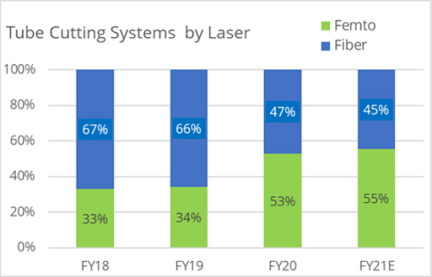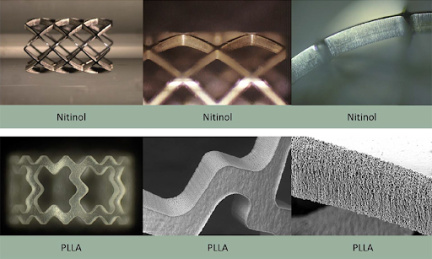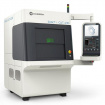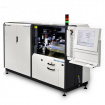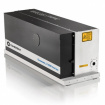The combination of the improved performance/price of these lasers and the growing demand for their superior cutting quality in smaller medical devices is driving their proliferation.
Fiber lasers have dominated cutting and drilling applications in the medical device industry for several years due to their relatively low cost, scalable performance and high reliability. Femtosecond lasers offer a clear advantage in terms of cut quality, but for a long time have secured only a small market share. However, this is suddenly changing quite rapidly. Let's take a look at what is driving this dramatic increase in market share compared to fiber lasers.
Femtosecond lasers - better and finer cuts
The unique combination of advantages of femtosecond (fs) lasers for materials processing has been known for a long time. With traditional lasers such as fiber, most interactions with the material are photothermal, resulting in a heat affected zone (HAZ). In precision applications this limits the minimum size of features that can be cleanly machined without melting, can cause unacceptable functional or cosmetic damage, and often requires mechanical post-processing (e.g. deburring, hand polishing or reaming). In contrast, the fs laser provides orders of magnitude shorter pulses with much higher peak power that instantly vaporizes the material before the heat reaches the part. This cooler, more precise cutting allows smaller features to be created without burrs, so no grinding or polishing is required. In addition, the method works on almost any material, including parts made of mixed materials such as layers of polymer and metal - see image.
Figure: Femtosecond lasers can cut virtually any material with excellent edge quality and without over-melting the material.
Miniature devices with finer details
A big driver behind the recent increased prevalence of fs laser machining is the demand for medical devices (e.g. peripheral stents, hypoinvasive tubes, minimally invasive instruments, etc.) that feature smaller parts with thinner walls and increased cut detail. We see this particularly in the demand for machines configured to cut tube geometries, as shown in the figure above. In addition, the use of more demanding and expensive materials is also a secondary factor. An example is magnesium bioabsorbable stents, where post-processing after fiber lasers can reduce yields up to 50%, but fs laser cutting does not need any post-processing. Other industries (e.g., display/electronics manufacturing) are moving towards this technology, which represents additional market demand that further motivates laser manufacturers to develop advanced fs lasers and machines.
Advances in fs lasers - higher power, lower cost per watt
Femtosecond lasers have truly reached a new level of maturity in terms of performance, cost-effectiveness and reliability. Power is a particularly important performance parameter as it directly determines throughput. An example of the new generation of fs lasers is the Coherent Monaco series, where the maximum power has gradually increased from less than 20 W to more than 60 W in the time span covered by the sales chart. The cost per watt for most femtosecond lasers has also recently fallen. Thus, these lasers can provide higher power along with lower cost per part. Early Monaco models have been operating in a demanding 24/7 production environment for several years, underscoring the higher reliability of fs lasers, which further contributes to a lower total cost of ownership. Together with the cost savings resulting from the elimination of mechanical post-processing steps, this has definitely led to an economic breakthrough for several precision cutting jobs.
Streamlined, automated machines
Of course, most people who make medical devices don't want a laser, but rather a complete laser machine. And the last part of the picture is the availability of advanced fs laser machines with simplified automated parts handling and inspection. They also include easy-to-use software that does not require extensive training or expertise. This gives the user the flexibility to quickly switch between small batches of different equipment or to perform long unattended runs of higher volume parts. An example of this is Coherent's ExactCut range , which includes our latest operator software: Coherent Laser FrameWork.
Bottom line: filament, fs laser, or both?
One of the biggest questions for anyone purchasing a new machine in MDM today is the choice between fs or fiber laser. The main remaining advantage of a fiber laser is the ability to cut faster and cut thicker parts due to the higher available power. For thinner parts, however, the power and speed benefits are often reduced due to the need to reduce the repetition rate and avoid cumulative thermal damage. The conclusion, therefore, is that the optimum laser type really depends on the specifics of the application.
This is why the latest laser cutting machines for medical devices are now available with a choice of fs or fiber laser, or as a hybrid option with both lasers. With the latter option, users can switch seamlessly between lasers, even within a single job, where there may be cuts that can be made more economically with a fiber laser versus an fs laser, and vice versa.
Read more about how the Coherent StarCut Tubehybrid laser helped Motion Dynamics leverage laser cutting for neurological assemblies.
